Location
9669 Forest Lane Dallas,
TX 75243 USA
(214) 815-8728
Location
9669 Forest Lane Dallas,
TX 75243 USA
(214) 815-8728

This popular plant maintains its lush green foliage throughout the winter. There are many hybrid varieties and pyramidal forms. Boxwood has excellent deer resistance and weather hardiness. Explore our 9 best-classified selections of Boxwood varieties now.
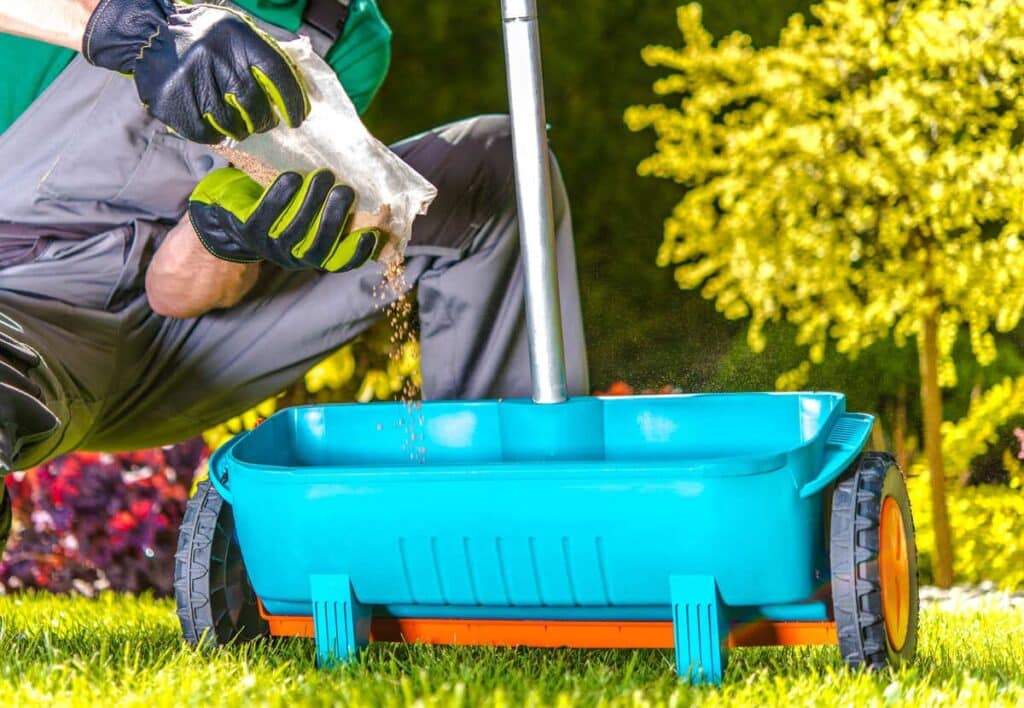
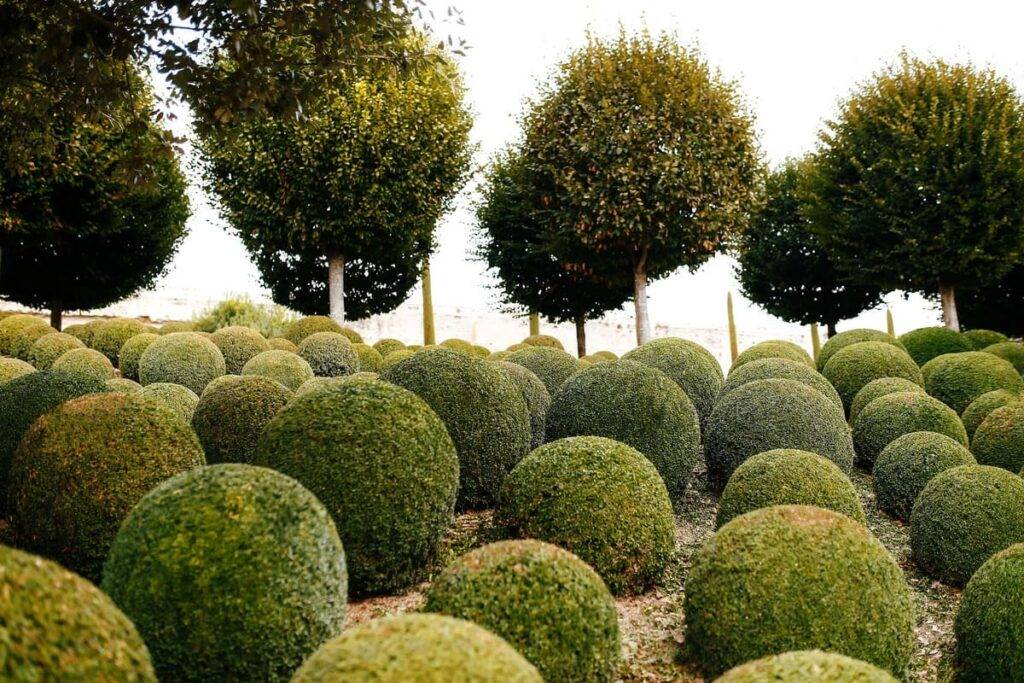
There are over 100 species, hybrids, and cultivars in the Buxus genus, varying in height, shape, growth rate, leaf size, heat tolerance, cold tolerance, lighting preferences, resistance to pests and diseases, and salt tolerance.
This article will mention the 9 most popular types of boxwood shrubs.
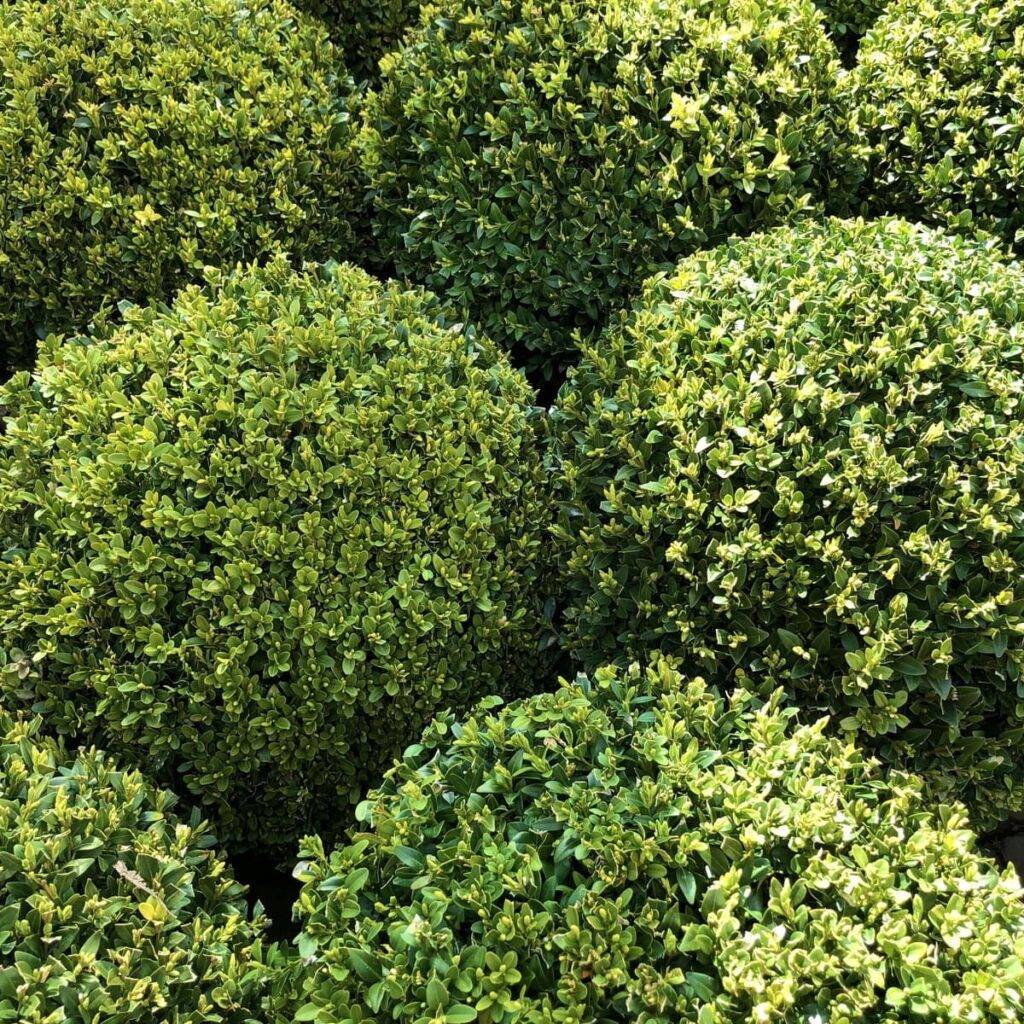
This option among small boxwood shrubs produces small leaves and tight growth, making it ideal for shearing. Additionally, it’s slow-growing enough that it shouldn’t require much pruning.
It is a popular choice for creating topiaries. This hybrid is round-shaped. It holds up better than most to heat and humidity.
One of its parents, Korean boxwood, reportedly contributes hardiness to the hybrid. Remember that all boxwoods have shallow roots, so don’t dig around their bases. Instead, add mulch to help the soil retain moisture and protect those roots.
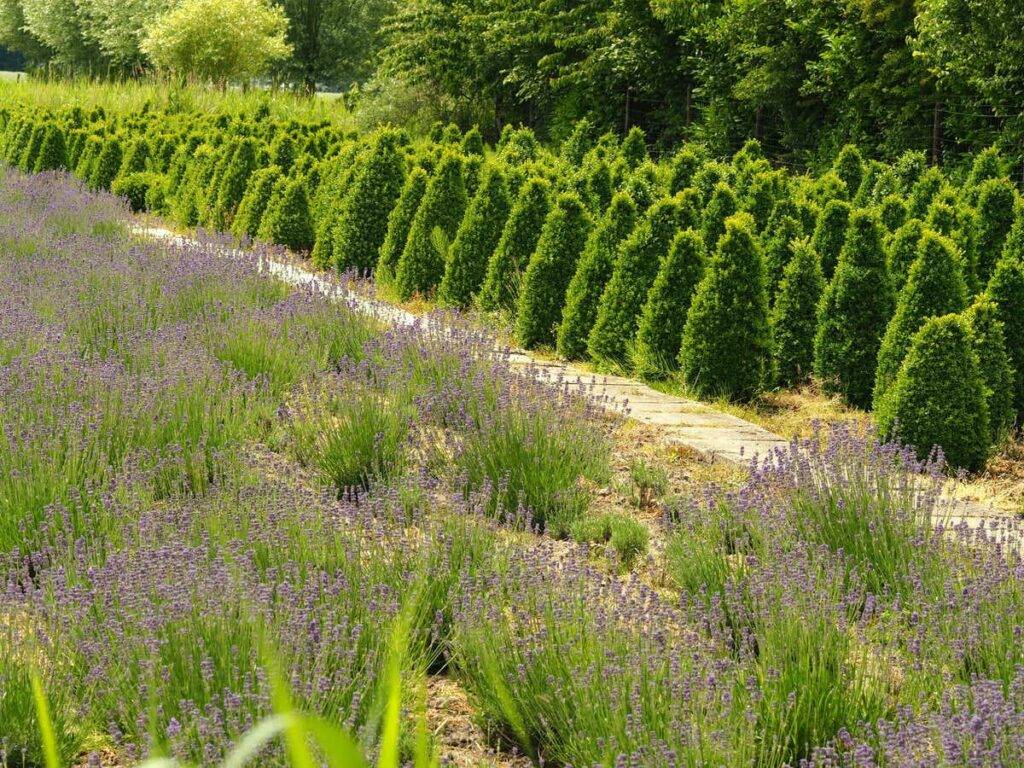
It is an excellent upright cultivar with a naturally vertical habit. With some pruning, it can take a tight conical shape.
Elegant, glossy-green foliage on a fast-growing privacy shrub, Dee Runk Boxwood has excellent cold hardiness, too!
It is a slow-growing shrub. The leaf centers are green; the margins turn white in spring, creamy in early summer, and light yellow in fall.
This type shows bright colors since white margins eventually change to yellow.
Boxwoods won’t tolerate poorly draining soils like clay. So, plant the shrubs with their root crowns slightly above ground level to help prevent the roots from rotting in such soil.
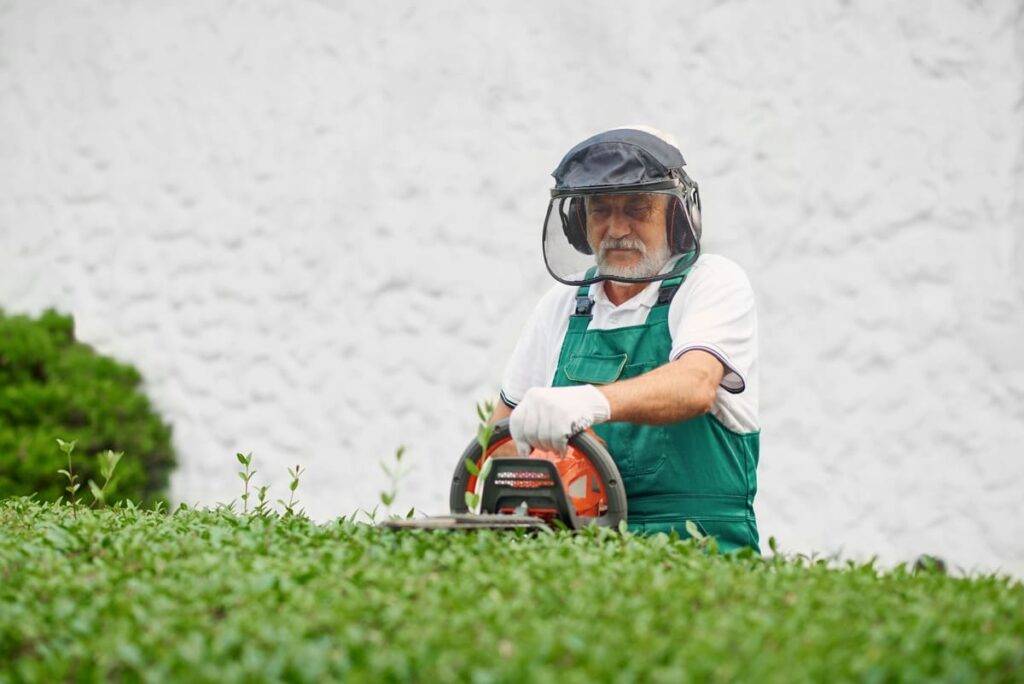
You are most likely to see this type in people’s landscapes. It has a slow growth rate and is suitable for hedges where you need good height (for privacy).
It is the perfect evergreen hedge for tight spaces or to create a privacy screen. The green tower boxwood showcases their lustrous dark green leaves with a fancy lighter green underside.
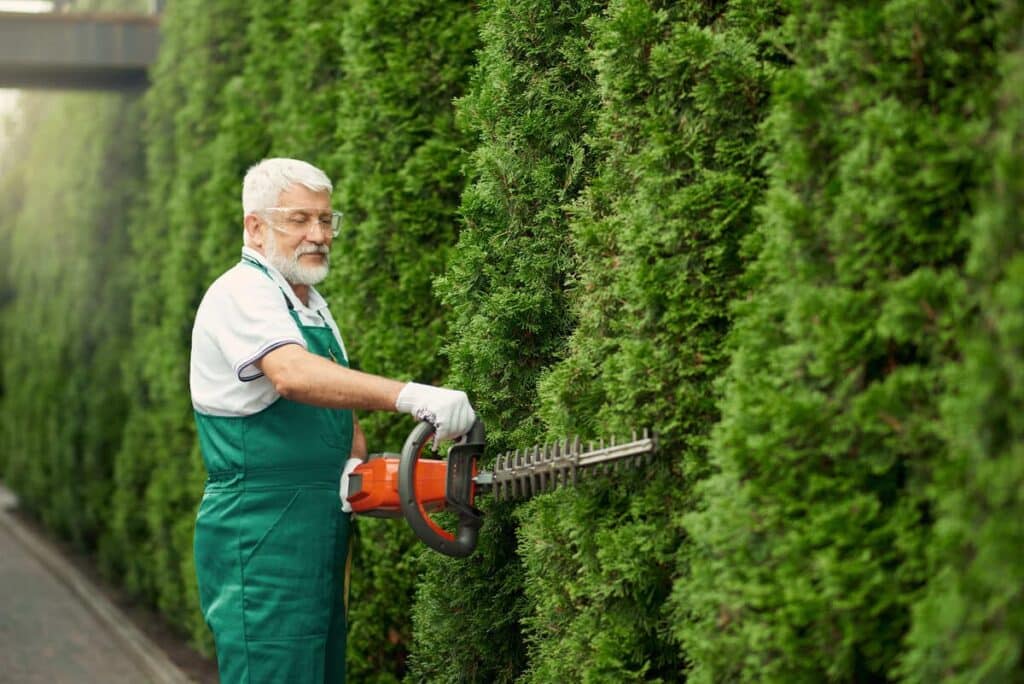
Sometimes, the Graham Blandy boxwood can reach a height of up to 15 feet but a width of only about 2 feet. The columnar boxwood shape makes it ideal for any garden lacking slim evergreens.
The boxwood’s care is relatively easy, as it maintains its shape without much help.
And do you know the origin of this shrub’s name? It is named after Graham Furber Blandy (1868-1926), a New York stockbroker who willed 700 acres of his land to the University of Virginia to form the Blandy Experimental Farm, where this cultivar was discovered.
The pyramidal boxwood naturally forms a cone shape, wider at the base and tapering to the top. It does not require trimming to achieve this shape, making it a low-maintenance alternative.

An excellent evergreen shrub for trim hedges. It retains its dark green foliage in hot summers, becoming bronze-tinged in cold weather.
Well-suited to pruning into formal shapes. More heat, humidity, and drought tolerant than other boxwood varieties.
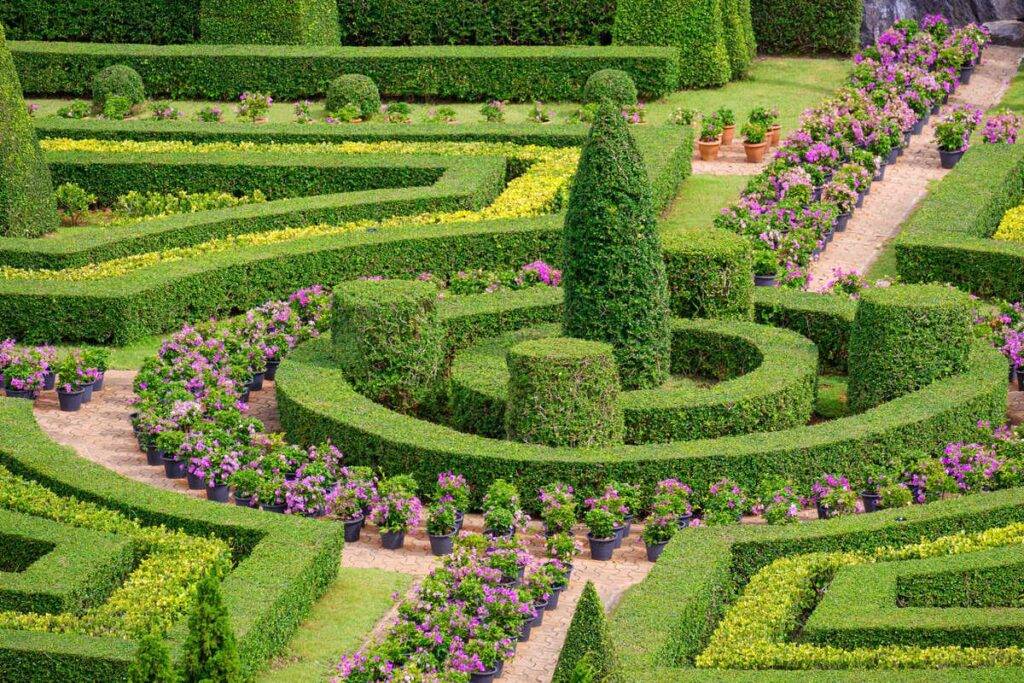
Since boxwoods don’t have flowers, they can look dull without anything in front of them. If you are looking for beautiful plants to grow in front of your boxwoods, you are lucky! There are so many options.
Here’s a list of the best to plant in front of boxwoods:

Remember that boxwood shrubs are adaptable to different soil types and climates.
This kind of plant suffers from root rot if they are overwatered or if the soil drains poorly.
Apply an all-purpose boxwood fertilizer in spring to promote foliar growth.
Pruning is essential to keep them healthy and free of dead or diseased twigs.
We hope you enjoyed our unique selection of 9 boxwood shrubs. Now, you have to pick the boxwood type and combine it with flowers to enhance the feel of your landscape.
